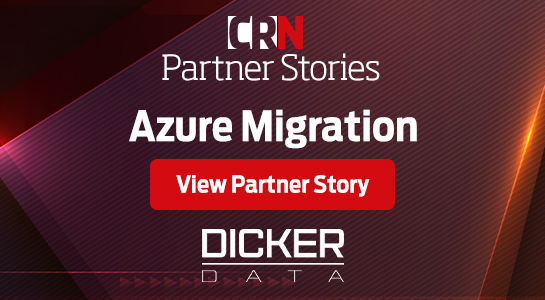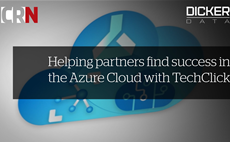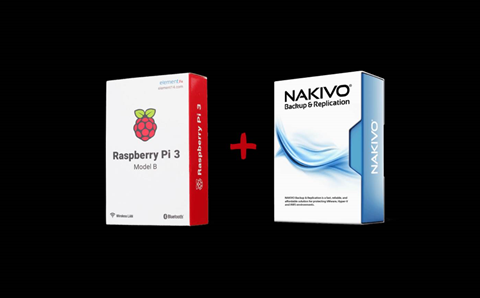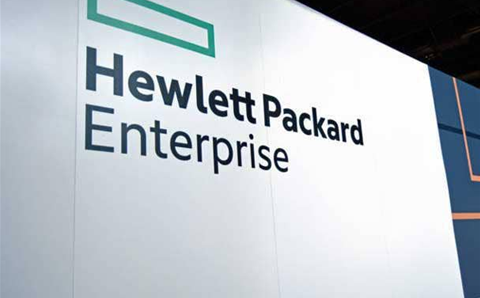Is bigger always better, or is there a way to compete with the cloud behemoths? Customers want more than just public cloud. For channel players who are able to tailor an offer to what customers want, there’s plenty of scope for competing with the top end of town.
Competing head-on is suicide
“Without a strong differentiator, probably related to a market vertical, you’re stuffed if you aren’t AWS, Azure or Google,” says Roland Chan, chief operating officer at Aptira. “If you’re competing around the edges you better be prepared to move fast because the big players are eating up the territory of their ‘partners’ and ‘ecosystem’ all the time.”
“It’s virtually impossible to compete with the hyperscalers,” says Michael Warrilow, research vice president, infrastructure software team at analyst firm Gartner.
“You need $10 billion a year in capital to invest and a string of datacentres around the globe.”
Would-be competitors should instead concentrate on a specific niche that is hard for the hyperscalers to serve well, or to provide something the hyperscalers don’t really do, such as services or hybrid cloud.
“There are always requirements that cannot be met by public cloud,” says Warrilow.
Serve a niche
“A private cloud offers the cloud consumer control over the resources in precisely the way they want,” says Apira’s Chan. “That control can be useful for people like telcos, whose applications are very sensitive to jitter, some enterprises that have particular data security and control requirements, and government, who have even stronger ones.”
By focussing on the needs of specific groups of customers, players can more effectively compete with the generalised offers from the “one-size-fits-all” approach of the hyperscalers. Providing all of the options for everyone, everywhere, is a costly and time-consuming undertaking, and is hard for even the hyperscalers to do well.
Network latency and bandwith are often significant barriers to cloud usage by data-heavy applications or users in remote locations such as mines and offshore oil and gas platforms. There simply isn’t enough network capacity being installed to ship all the data to the public cloud, giving rise to ‘edge computing’ that is shaping up to be as large—or possibly larger—as public cloud.
Security and data sovereignty are also substantial concerns, particularly for government or government-adjacent workloads The sensitivities of high trust organisations is another potentially lucrative niche. Combined with Australia’s geographic remoteness and the limitations imposed by the laws of physics also make solutions that are physically close to customers attractive for some users.
Specialise in services
While the hyperscalers focus on providing commodity cloud to the masses, other providers are looking to add value with services and support.
“Apart from local services and support generally, for the mid-market the key differentiator is the accountability, adaptability, and responsiveness our customers get through a managed services partnership,” says Naran McClung, CTO at Viatek.
A lack of local support from vendors is a common lament from those in the channel, and those who are able to provide a superior experience to local customers can do well.
“It is common for many channel partners to not get serviced well by the bigger cloud providers and not get the attention from partner/channel managers,” says Shiven Ramji, VP of product at DigitalOcean. “We are hyper-focused on ensuring that the developers who host on our platform are receiving the best support and have all the resources they could ever need at their fingertips.”
For all the enthusiasm for cloud, running cloud-style infrastructure still takes skill and effort, and it’s a different set of skills to traditional IT. That’s part of the point, but it’s a point that gets overlooked in far too many “lift-and-shift” style migrations to cloud.
“Enterprises understand that cloud is a strategy, not a place,” says James Mystakidis, group executive, Macquarie Cloud Services, “The risk and complexity inevitably associated with changing platforms to deliver on that strategy are significant costs.”
Customers wrestling with the challenge of moving to cloud can benefit from services that help them chart a path. Understanding the nuances of each customer’s business is difficult to do at scale, and it’s an area where managed service providers can shine.
“Rackspace prides itself on its agile, cloud agnostic approach to managed services and therefore its ability to help organisations navigate this complexity,” says Darryn McCoskery, general manager for Rackspace ANZ.
Not every customer has the kind of ongoing need to employ expensive teams of in-house IT specialists, just as many don’t need permanent squadrons of lawyers or cleaning staff. Hiring outside help is a perfectly acceptable way to access skills if and when they are needed, provided the right amount of oversight is available in-house to ensure good decisions are being made.
Hybrid options
“Cloud competitors would do well to remember that while hyperscalers focus on competing features, smaller providers and tier two providers can focus on hybrid IT,” says Mystakidis. “This could involve compliance and security, coding or platform dependency. The ability to understand the workload and match it to the right platform can be a differentiator.”
Investing in understanding how all the pieces fit together, and, crucially, how technology helps solve the business problems that customers have, can provide real value that is in demand by lots of customers. It takes time to acquire these skills, so those firms who have invested (and retained) the talented people who are good at providing trusted advice can thrive no matter what the hyperscalers do.
“As organisations today increasingly rely on hybrid cloud, OVH offers its customers the opportunity to deploy multi-cloud architectures that are automated and flexible, while also guaranteeing optimal security on the whole system,” says Lionel Legros, APAC director at OVH.
We’re still at the early stages of hybrid cloud being an acceptable option, as even AWS has finally been forced to admit that public cloud isn’t the only way enterprises want to do business. AWS can see there’s money to be made in hybrid cloud, which presents an opportunity for savvy operators.
“We see public cloud as an important, but not cure-all, part of any product portfolio making up a complete hybrid IT solution,” Mystakidis says. “For certain cases public cloud only is suitable, but it is not the whole answer to the IT needs of the vast majority of businesses.”
Don’t try to do it all
The key to successfully competing with the hyperscalers is to focus.
“We don’t pretend to have the breadth of features that AWS has,” says Sheng Yeo, chief executive of OrionVM. “We focus on the ones that our partners care about.” And what partners and customers care about is what they actually use. “Most of our customers are using traditional enterprise workloads,” Yeo says.
Gartner’s research indicates a mere 8 percent of IT budgets are spent on cloud, though if categories like devices (PCs, tablets, phones, printers, etc.) and communications (mobile services, network links, etc.) are excluded, cloud makes up around 19 percent of IT budgets. Cloud is more than a decade old at this point, so there’s plenty of scope to provide a combination of cloud and non-cloud services if you focus on what customers are actually trying to achieve.
“Our customers rightly expect a service model where the boundaries between MSP-retained and hypercaler-provided services are invisible – and it’s always all about the customer, their experience and the ultimate business outcome,” says Viatek’s McClung.
Focus on the customer, and you’ll soon figure out what needs to be done.




.png&h=142&w=230&c=1&s=1)






.png&w=100&c=1&s=0)











